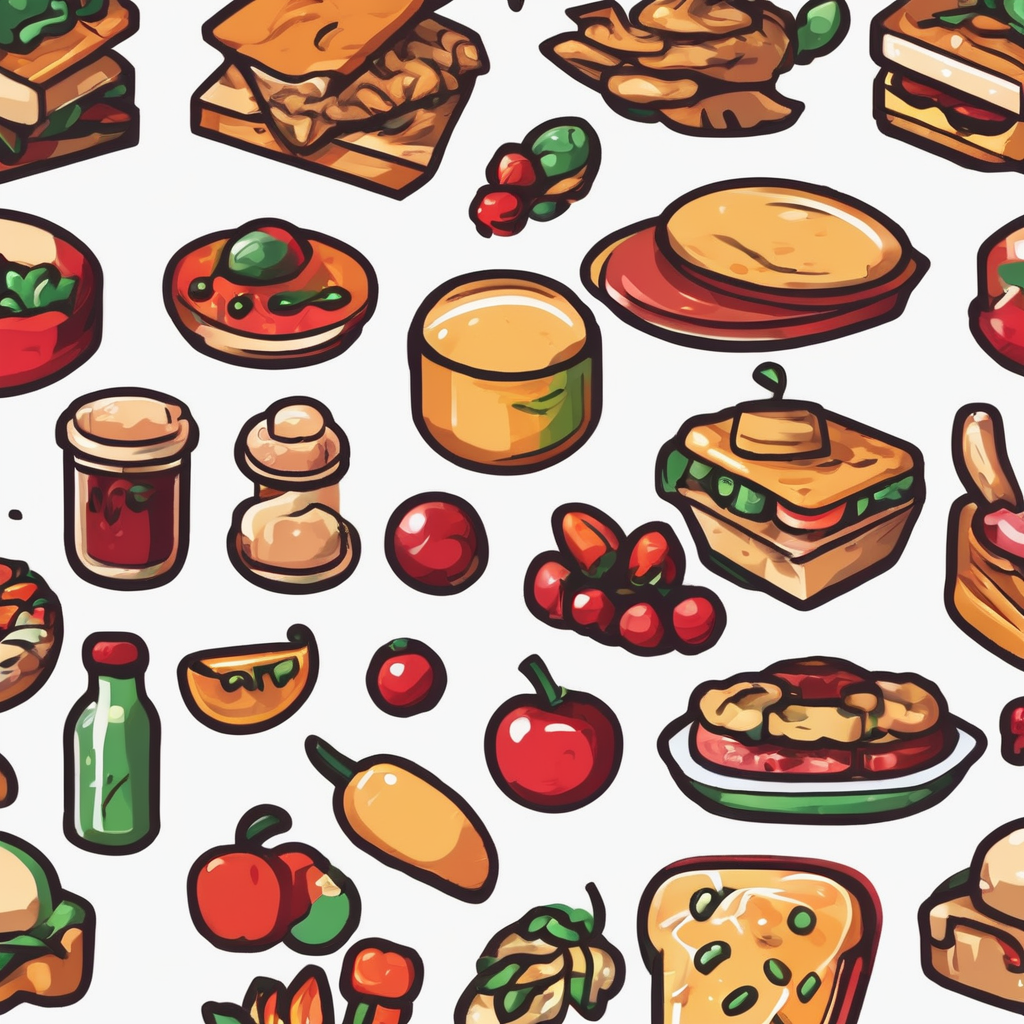Understanding Pet Safety in the Kitchen
Ensuring pet safety in the kitchen is essential for any pet owner. It’s crucial to recognize that cooking environments can be quite hazardous for pets. Common kitchen hazards include hot surfaces, sharp tools, and toxic foods. These can pose serious risks, necessitating vigilant attention to surroundings.
Pets often become curious around cooking activities, attracted by aromas and activities. This curiosity can lead them into dangerous situations if not carefully monitored. For instance, pets may attempt to jump onto counters, potentially leading to falls or exposure to hazardous items.
Topic to read : Exploring the benefits of choosing a kitchen island over a traditional dining table
Understanding typical pet behavior in the kitchen can help in devising strategies to keep them safe. Many pets will hover around their owners while they cook, waiting for crumbs or scraps to fall. However, this increases their risk of encountering harmful substances or getting underfoot.
By recognizing the potential dangers that cooking environments pose, you can take proactive steps to minimize risks for pets. Ensure sharp objects are stored away, hot surfaces are guarded, and foods toxic to pets are kept out of reach.
In parallel : Miniature Herb Garden Magic: Your Complete Guide to Cultivating a Flourishing Windowsill Oasis
Identifying Dangerous Ingredients
Understanding which hazardous ingredients for pets require extra vigilance is vital. Many everyday items, such as chocolate, onions, and grapes, are surprisingly toxic foods for our furry friends. If ingested, these ingredients can lead to severe health issues. For instance, chocolate contains substances like caffeine and theobromine, which are poisonous to pets. Onion and garlic can damage red blood cells, while grape consumption is linked to kidney failure.
If you suspect your pet has ingested something harmful, it’s important to recognize the symptoms of poisoning. Common signs include vomiting, diarrhea, lethargy, and excessive drooling. In some cases, difficulty breathing or seizures may occur. Acting quickly by consulting a veterinarian can make a crucial difference in your pet’s recovery.
To prevent accidental ingestion, consider adopting safe substitutions when cooking. Instead of using chocolate, choose pet-safe carob as a non-toxic alternative. Substitute onions and garlic with pet-friendly herbs like parsley or dill when seasoning dishes. By being aware of these dangerous ingredients, you can create a safer cooking environment for your pets, ensuring their wellbeing and your peace of mind.
Tips for Pet-Proofing Your Kitchen
Creating a pet-proof kitchen is integral to maintaining a safe space for both cooking and your beloved animals. Here are some effective strategies to help you achieve this:
-
Secure food storage: Ensure all food items, especially those dangerous for pets, are stored in closed cabinets or high shelves to prevent curious noses from reaching potentially toxic ingredients.
-
Physical barriers: Consider using gates or closing doors to restrict pet access to certain areas. These barriers are especially useful during meal prep when kitchen hazards are more pronounced.
-
Tidy cooking space: A clutter-free kitchen reduces risks. Keep floors clean of food scraps that might attract pets. Regularly inspect areas for any drop-offs or spills quickly, minimizing hazards.
-
Educate household members: Make sure everyone in your household understands the importance of pet safety in the kitchen and adheres to the adopted safety measures.
Implementing these practical pet-proofing tips can safeguard your pets from accidents and create a harmonious cooking environment.
Safe Cooking Practices for Pet Owners
Ensuring accident prevention whilst cooking is vital when pets are around. Keep sharp tools and hot surfaces, such as stoves and oven tops, out of reach to protect curious pets. Pets are naturally drawn to smells and sounds in the kitchen, which can lead to mishaps if not controlled. Always maintain focus on what you’re doing to avoid distractions that could result in accidents.
Supervision is key. Keeping a close eye on your pet prevents them from stumbling into danger zones. It’s advisable to designate a safe area in the kitchen for pets, using a bed or mat to encourage them to stay put during meal preparation. This minimises the risk of getting underfoot or encountering dangerous items.
Adopt clear safe cooking practices such as removing hazards promptly after use, and never leaving the stove unattended. Incorporating simple techniques like these can significantly reduce accident risks. An organised, systematic approach towards kitchen safety benefits both you and your pet, creating a harmonious, hazard-free environment where meal preparation is enjoyable and stress-free for everyone involved.
Involving Pets in the Cooking Process
Including pets in the cooking process can be a fun way to bond with them while ensuring that they remain safe. Cooking with pets can be beneficial as it keeps them engaged, reducing the likelihood of them wandering into dangerous areas. Consider setting up a designated ‘pet area’ in the kitchen where they can observe without being underfoot. This space can include a comfortable mat and chew toys to keep them entertained.
Discovering pet-friendly cooking activities allows for interactive engagement. You might involve your pet by preparing simple, safe snacks they can enjoy, like homemade dog biscuits or catnip cookies. This not only nurtures their curiosity but also lets them partake in the joy of the kitchen.
Ensuring that you create a safe space in which pets can enjoy the cooking experience is paramount. Use non-toxic, pet-safe ingredients, and keep their play area free of small items they could ingest. An organised kitchen creates a welcoming environment, making meal preparation a delightful activity for both pets and pet owners. This approach strengthens the bond while maintaining their safety.

